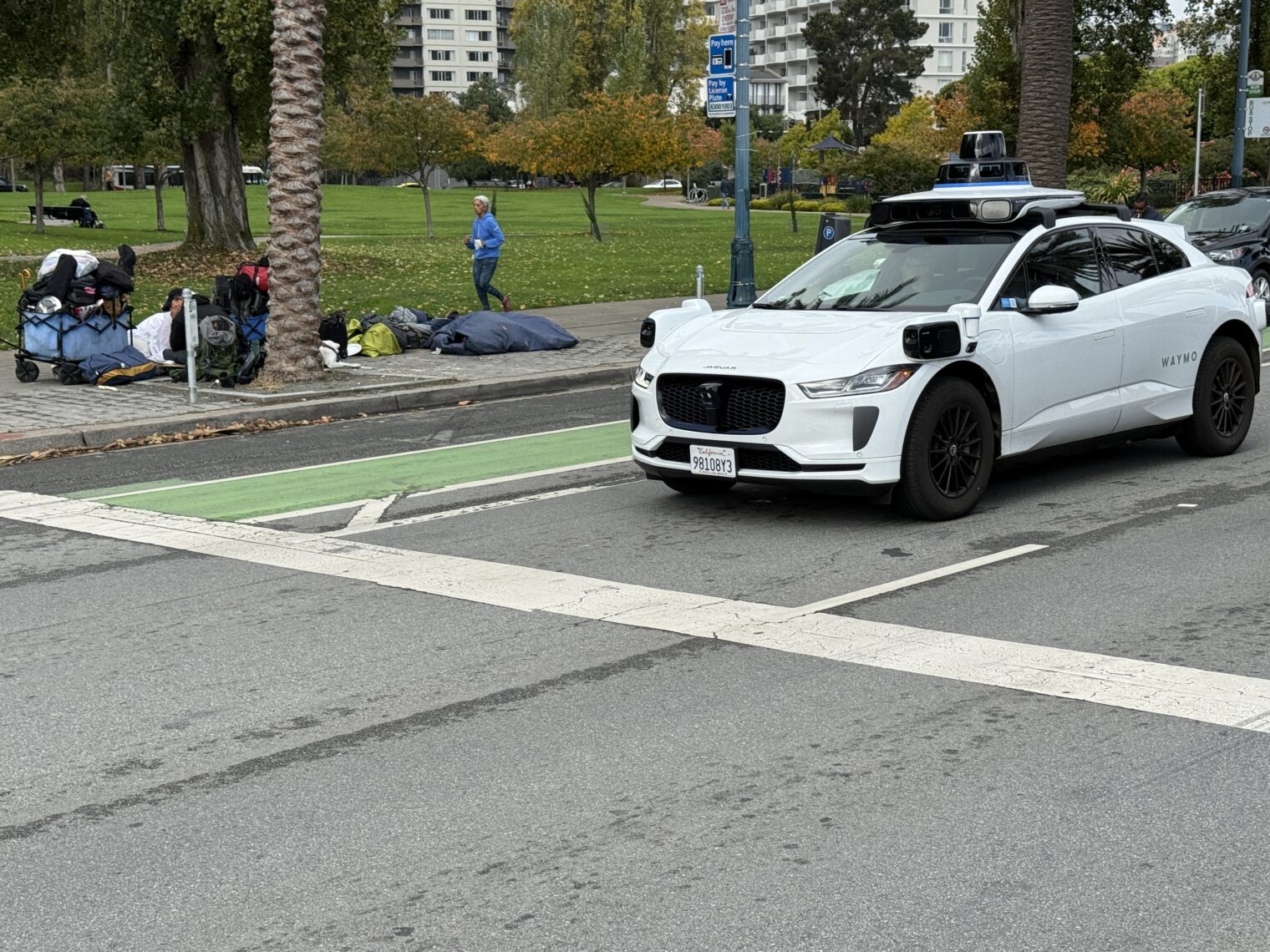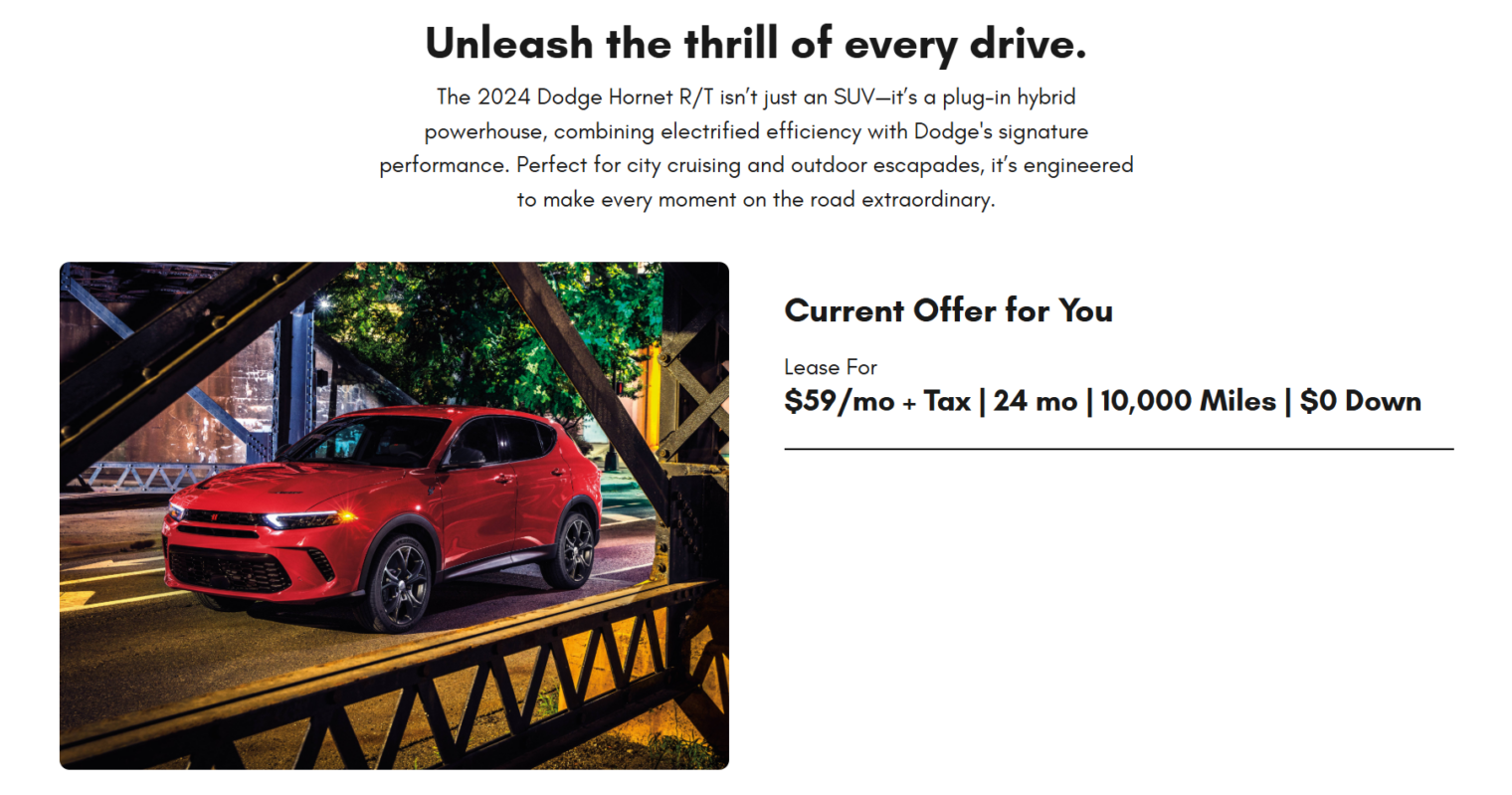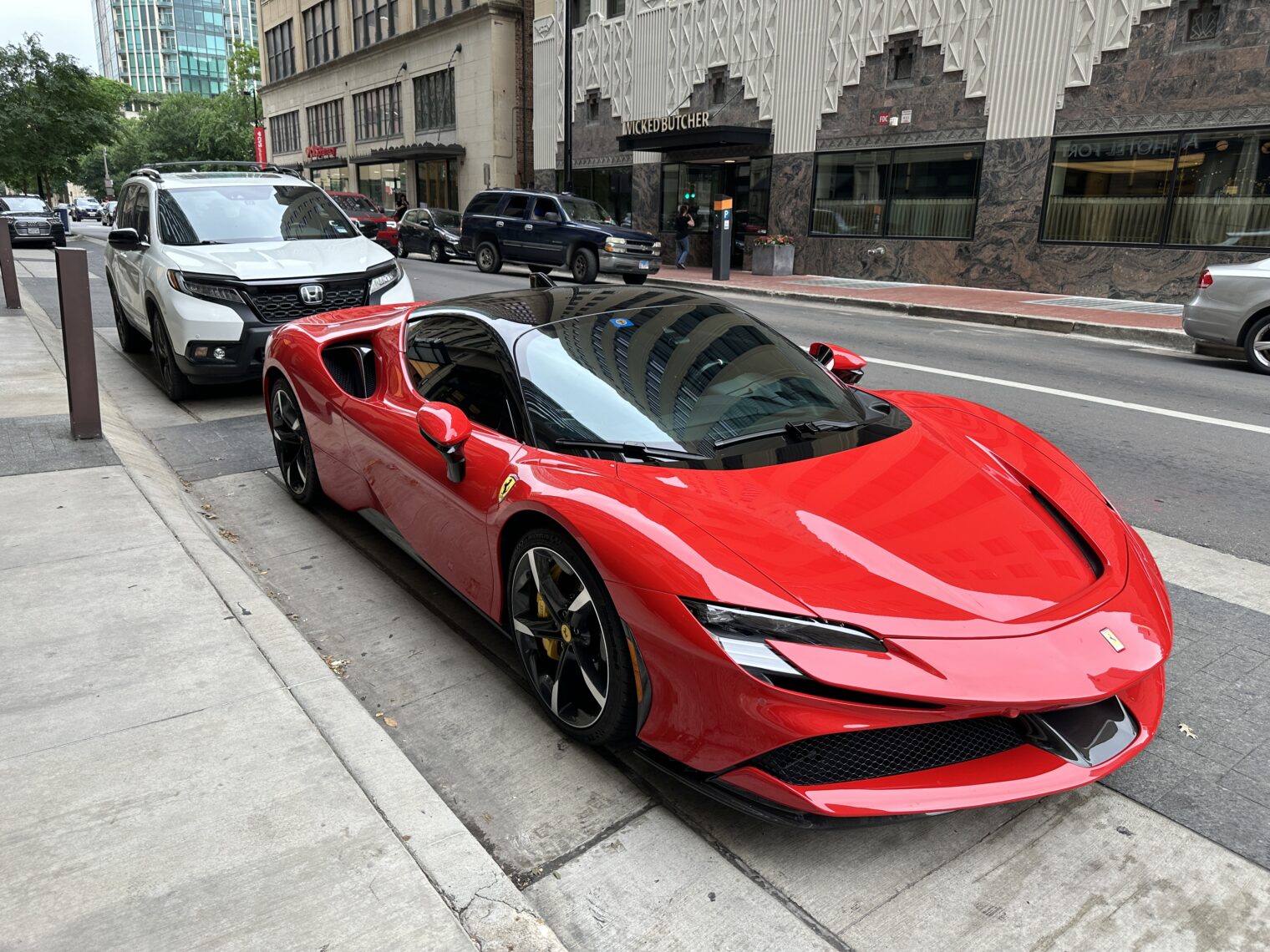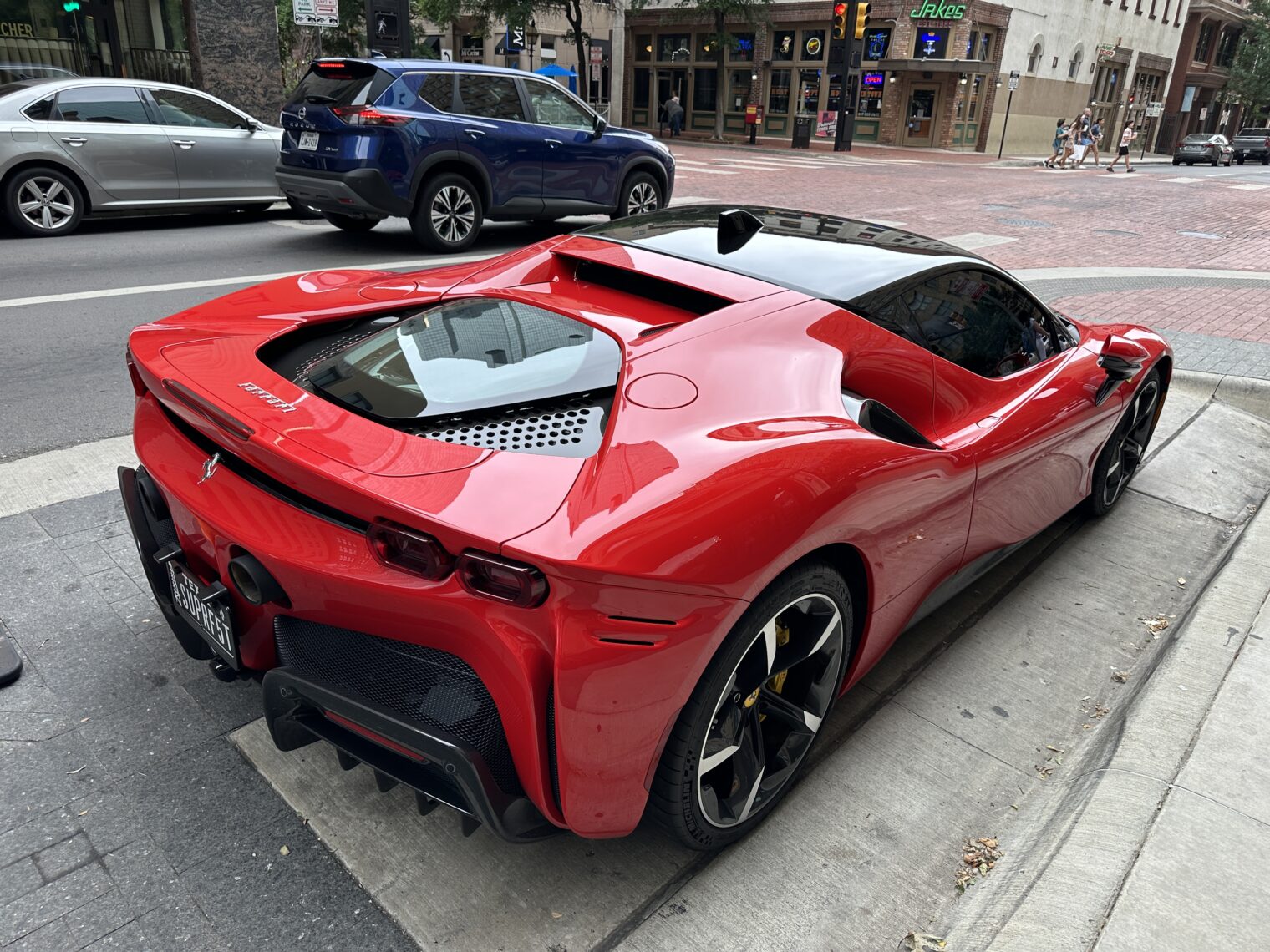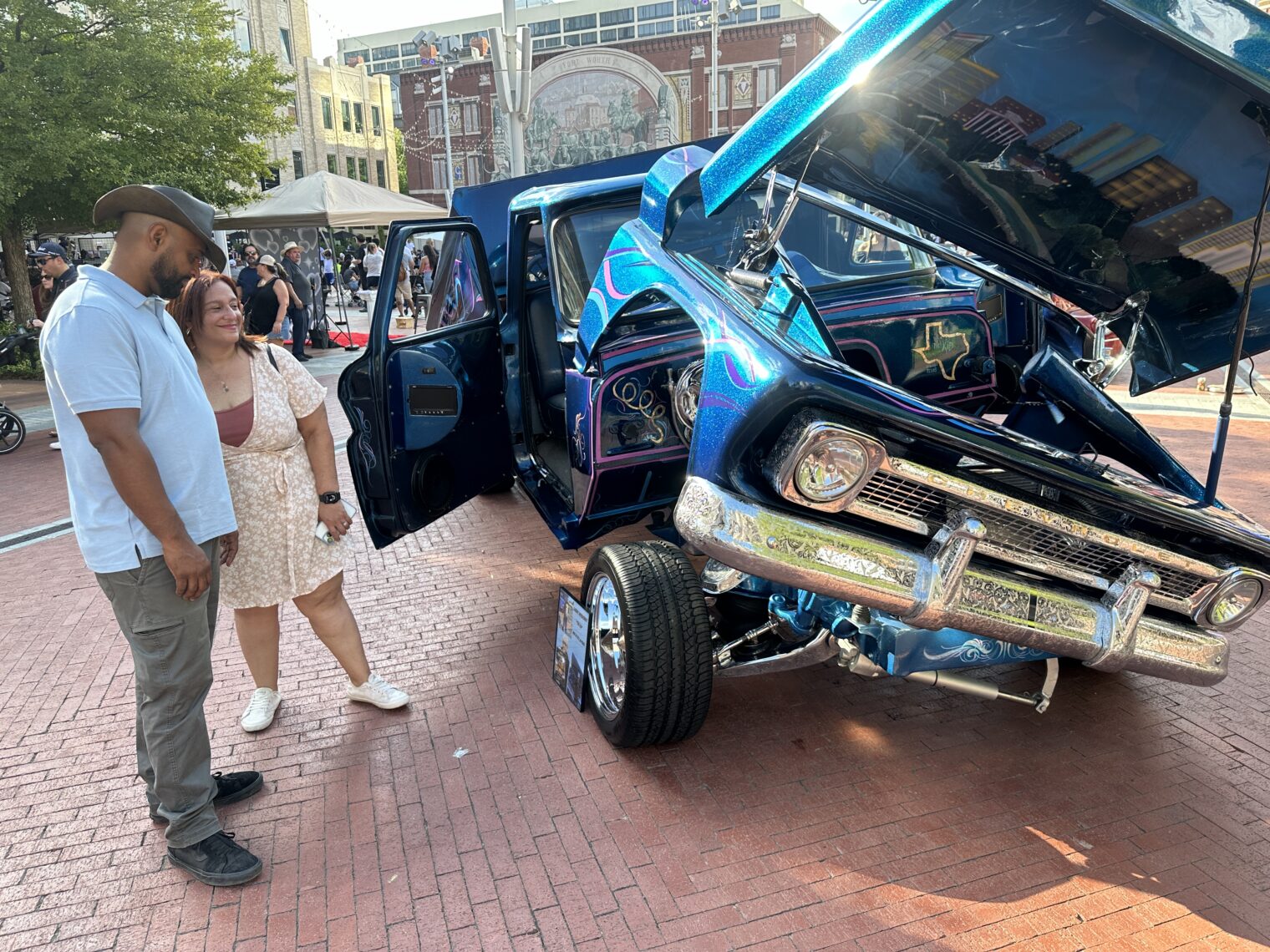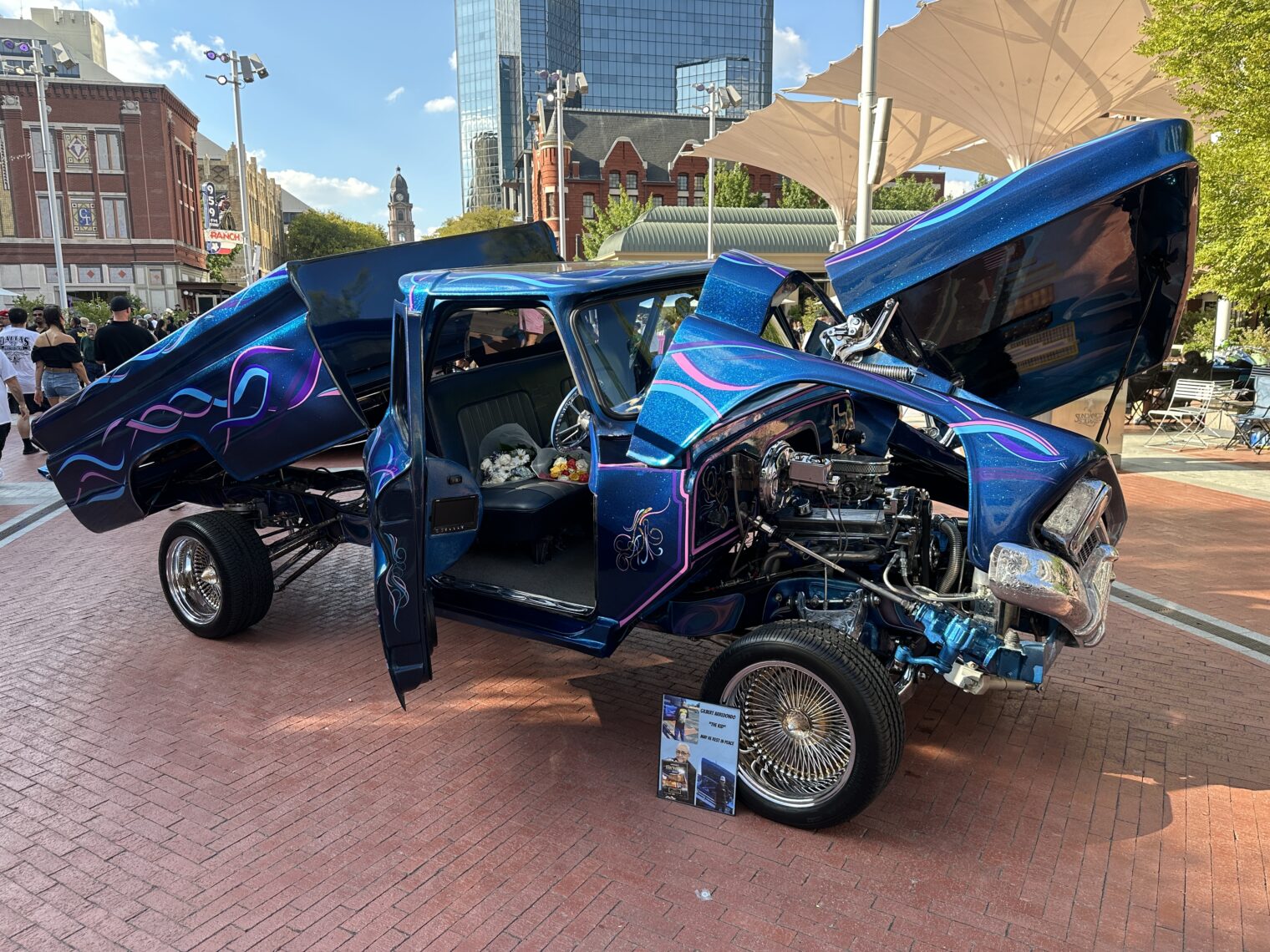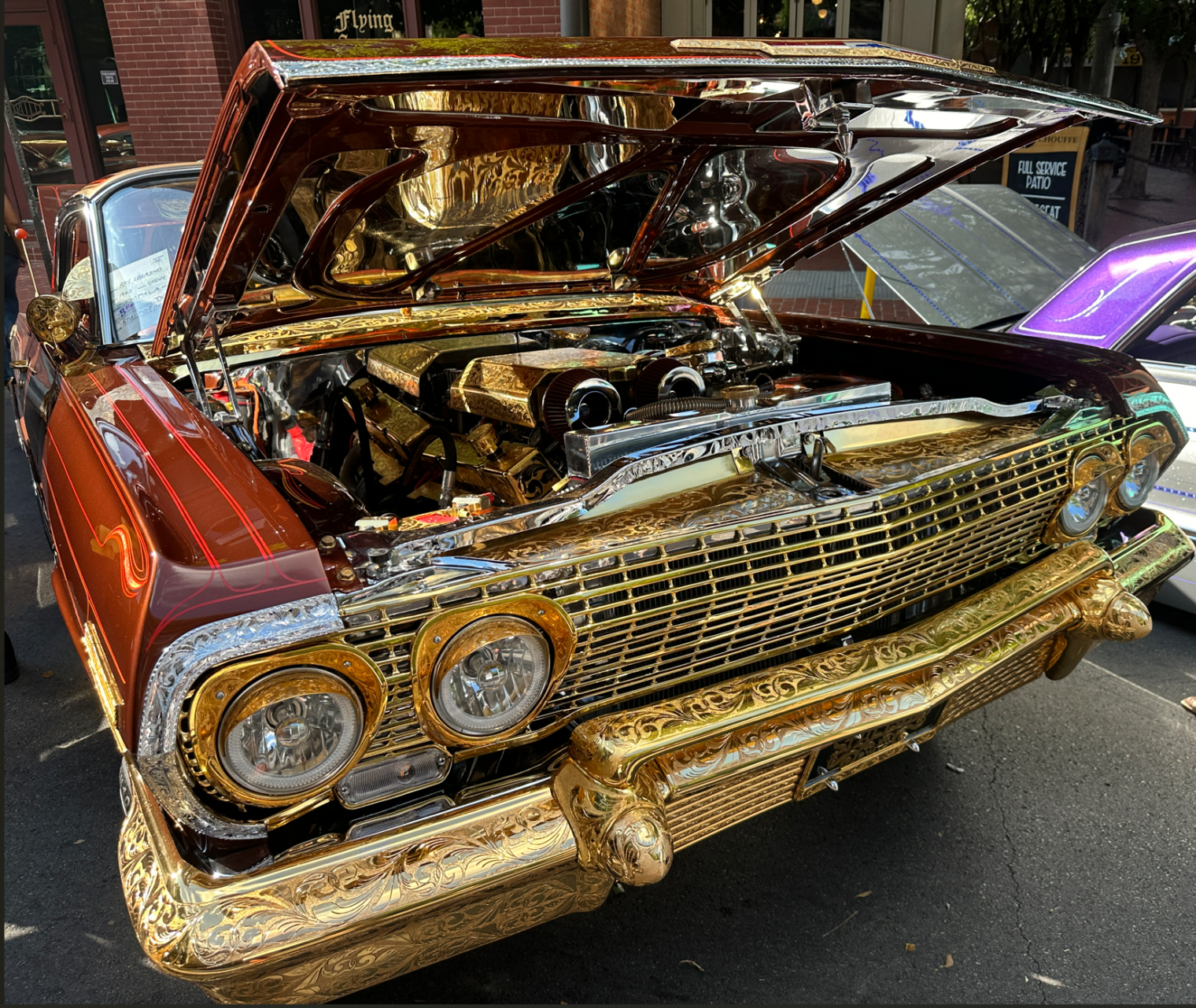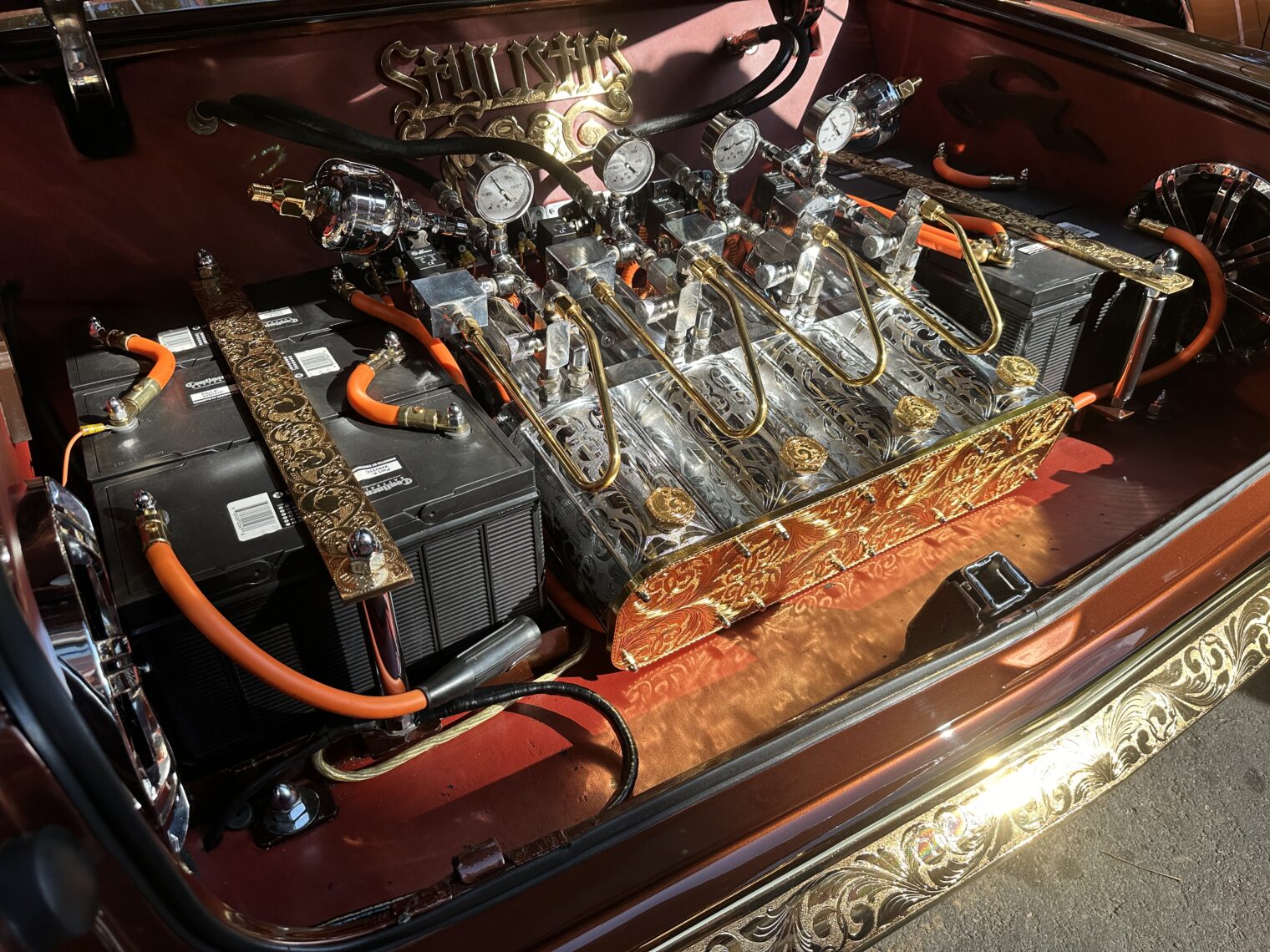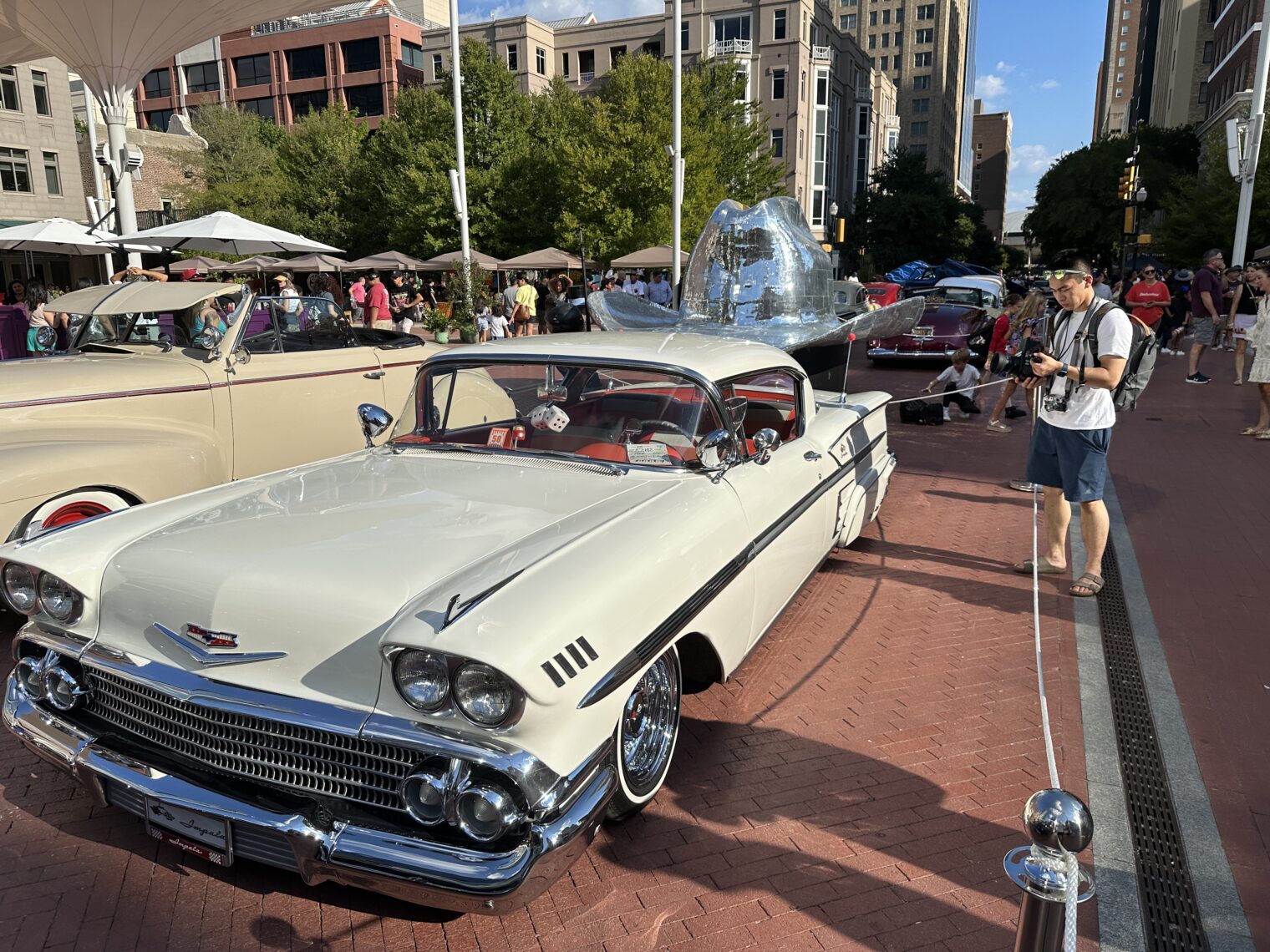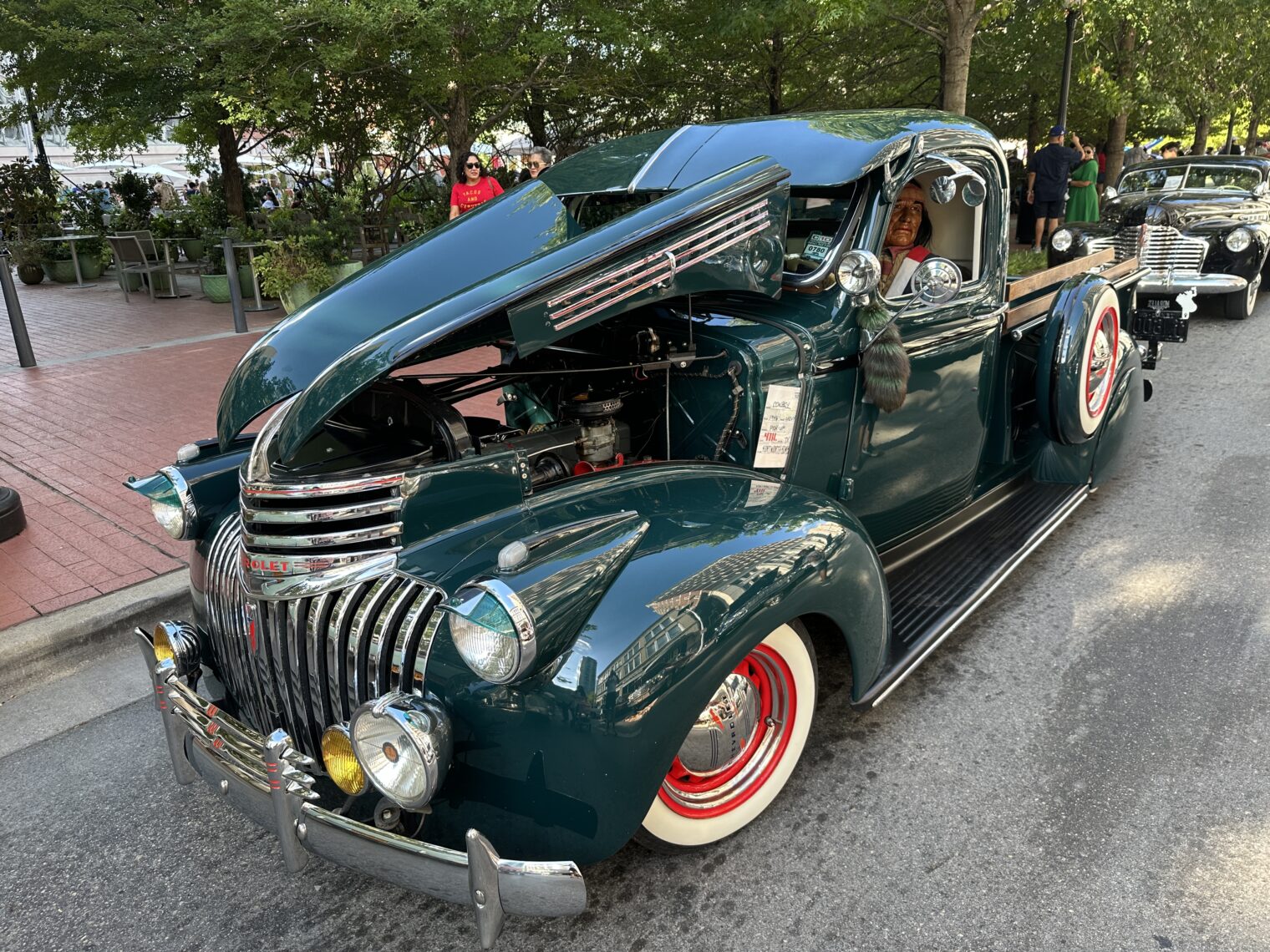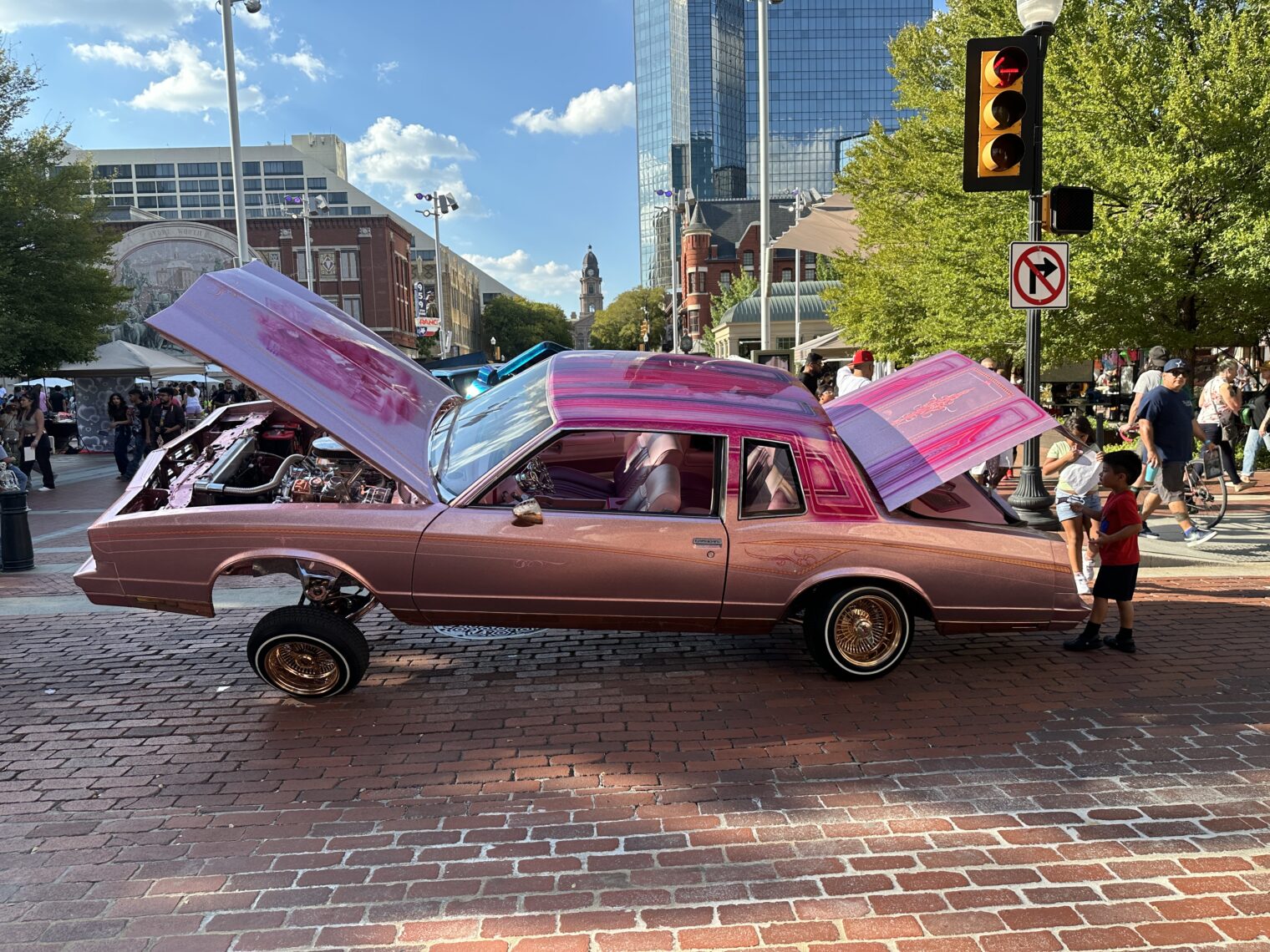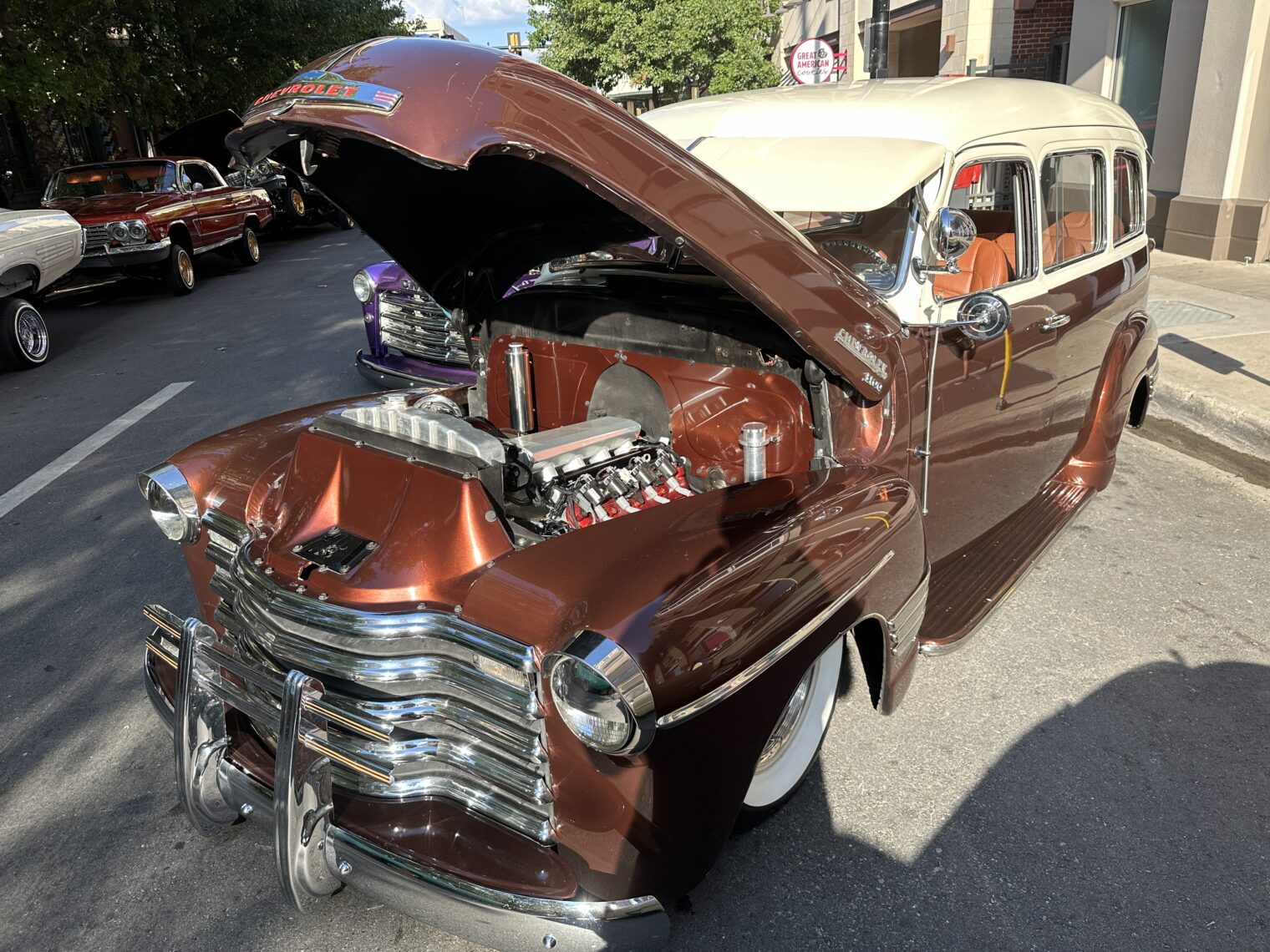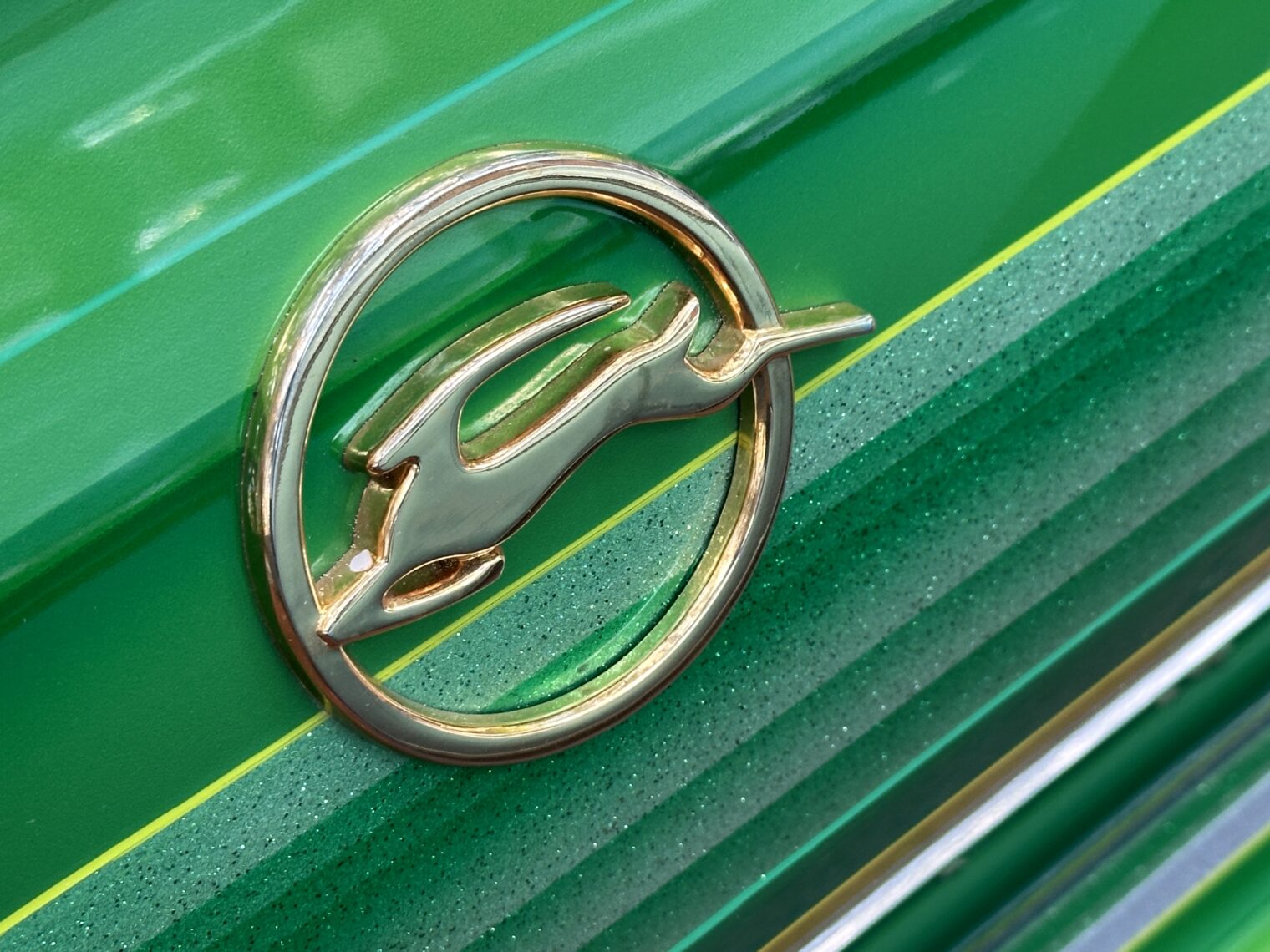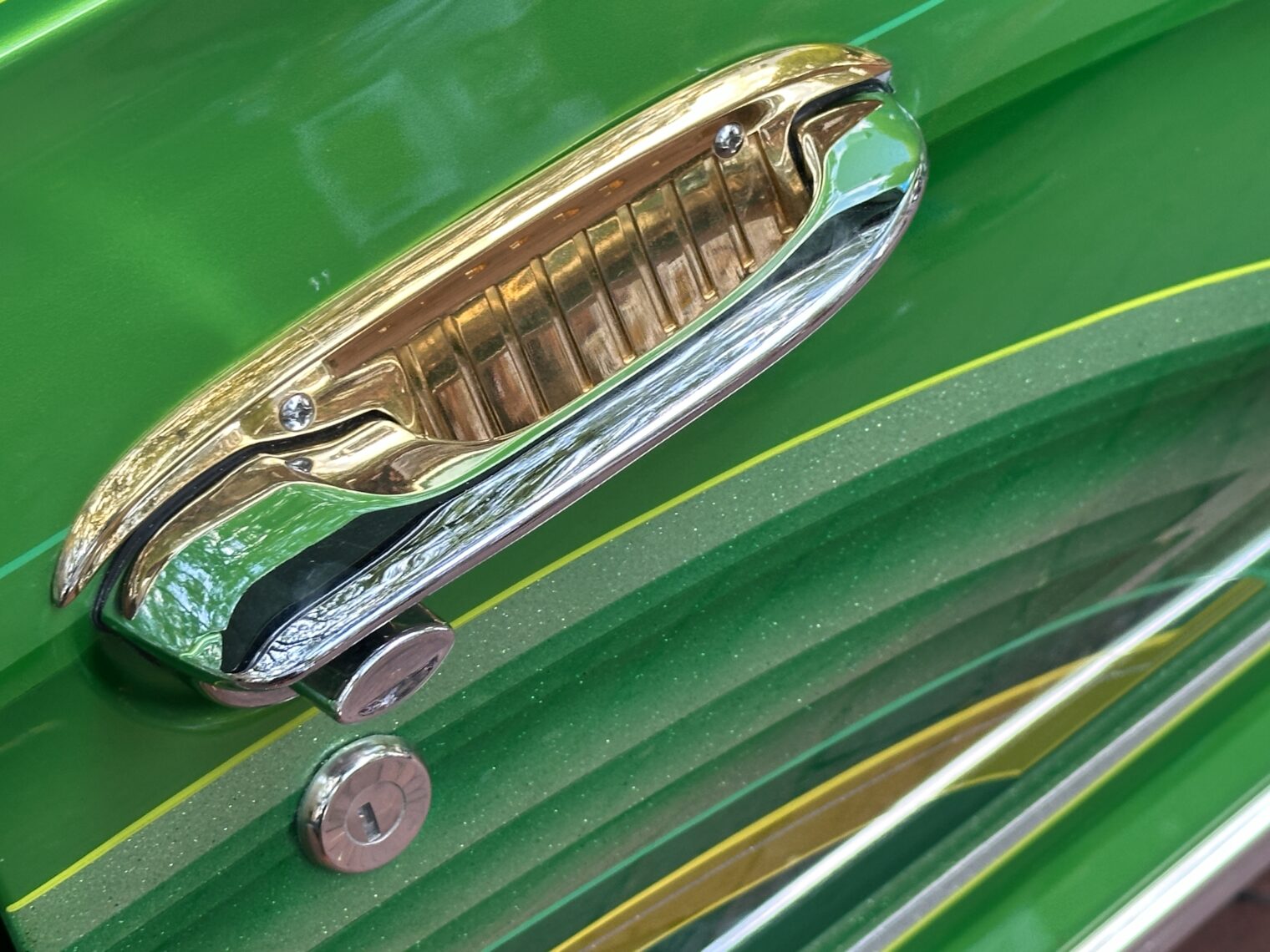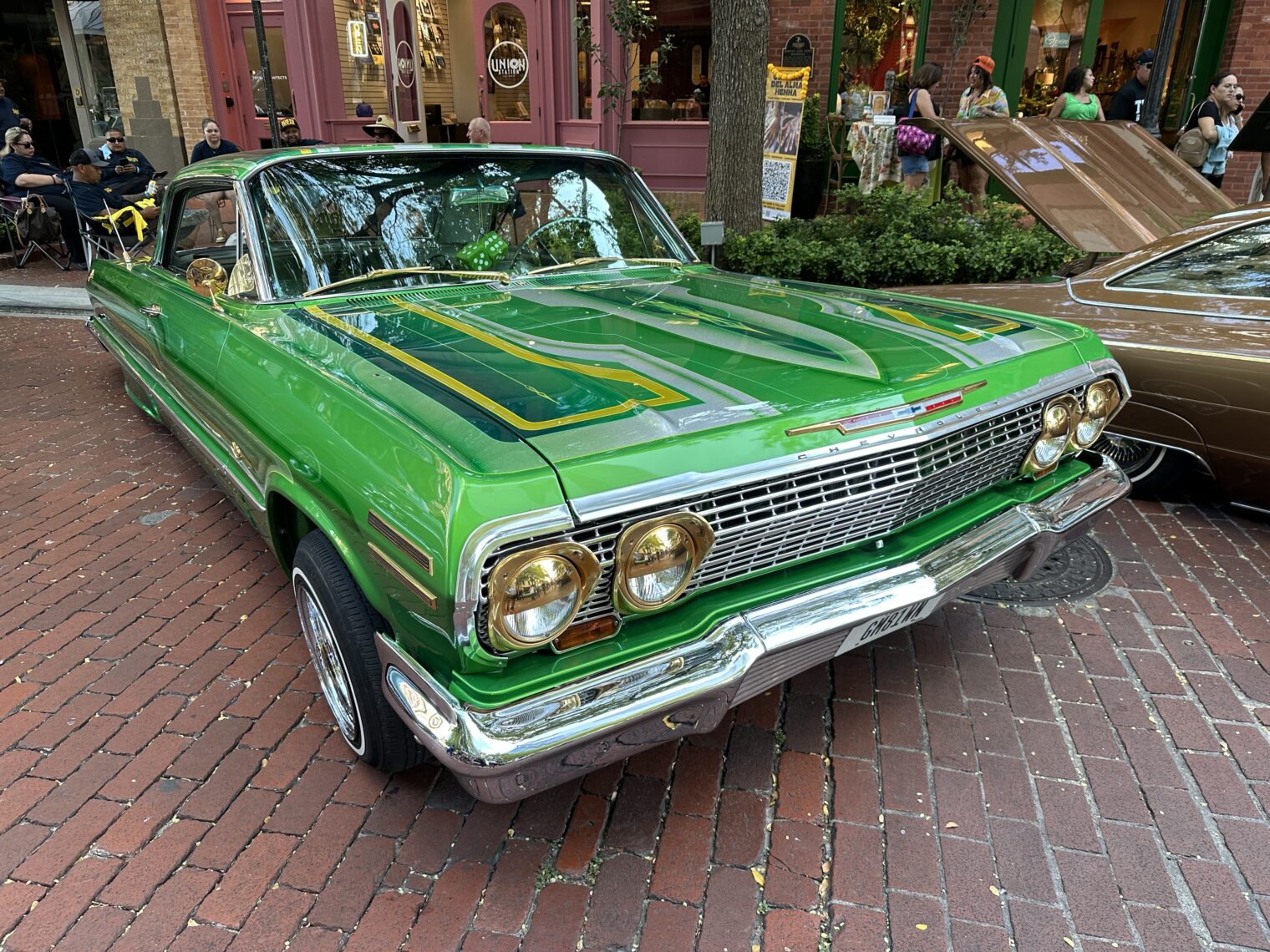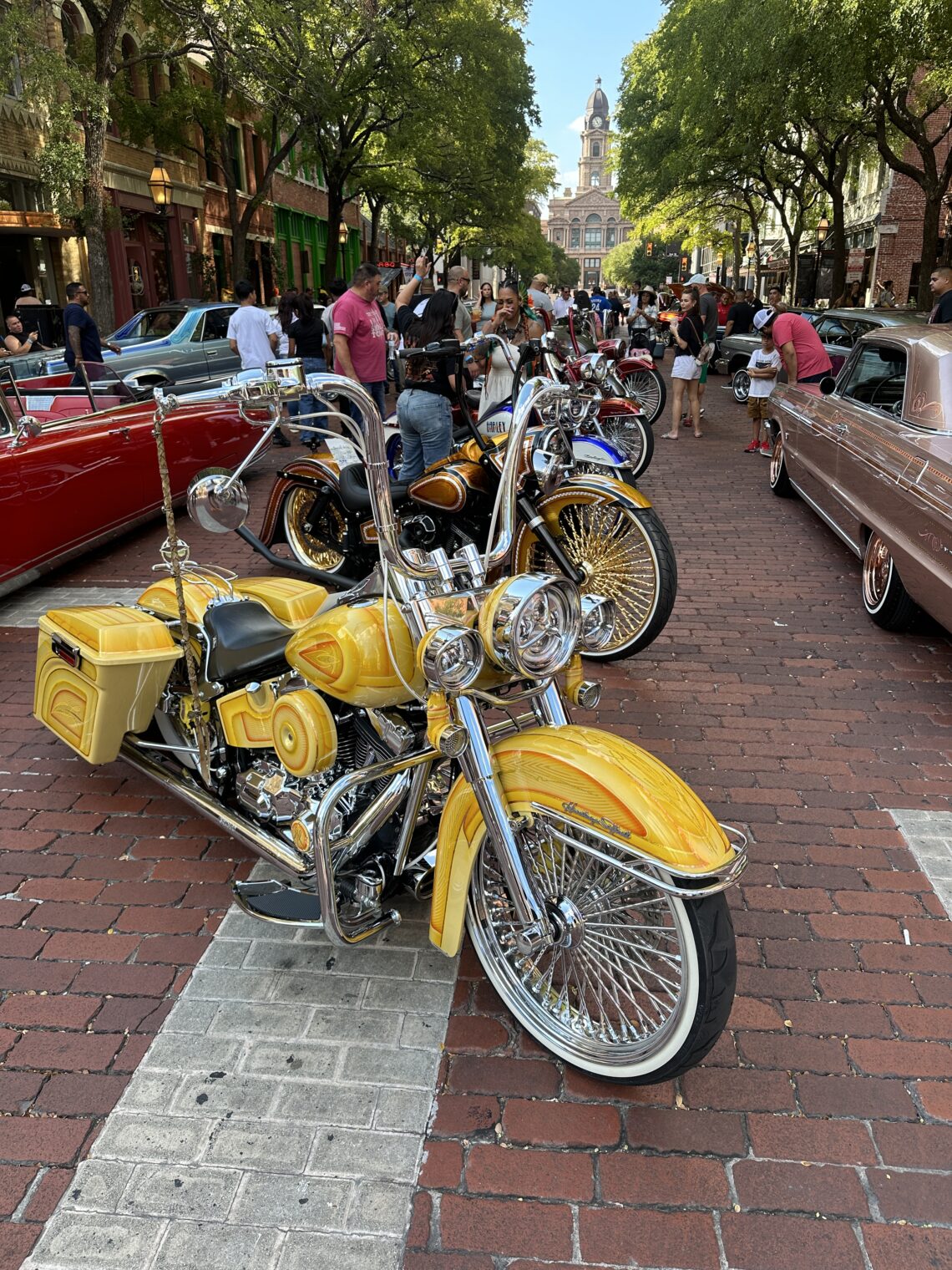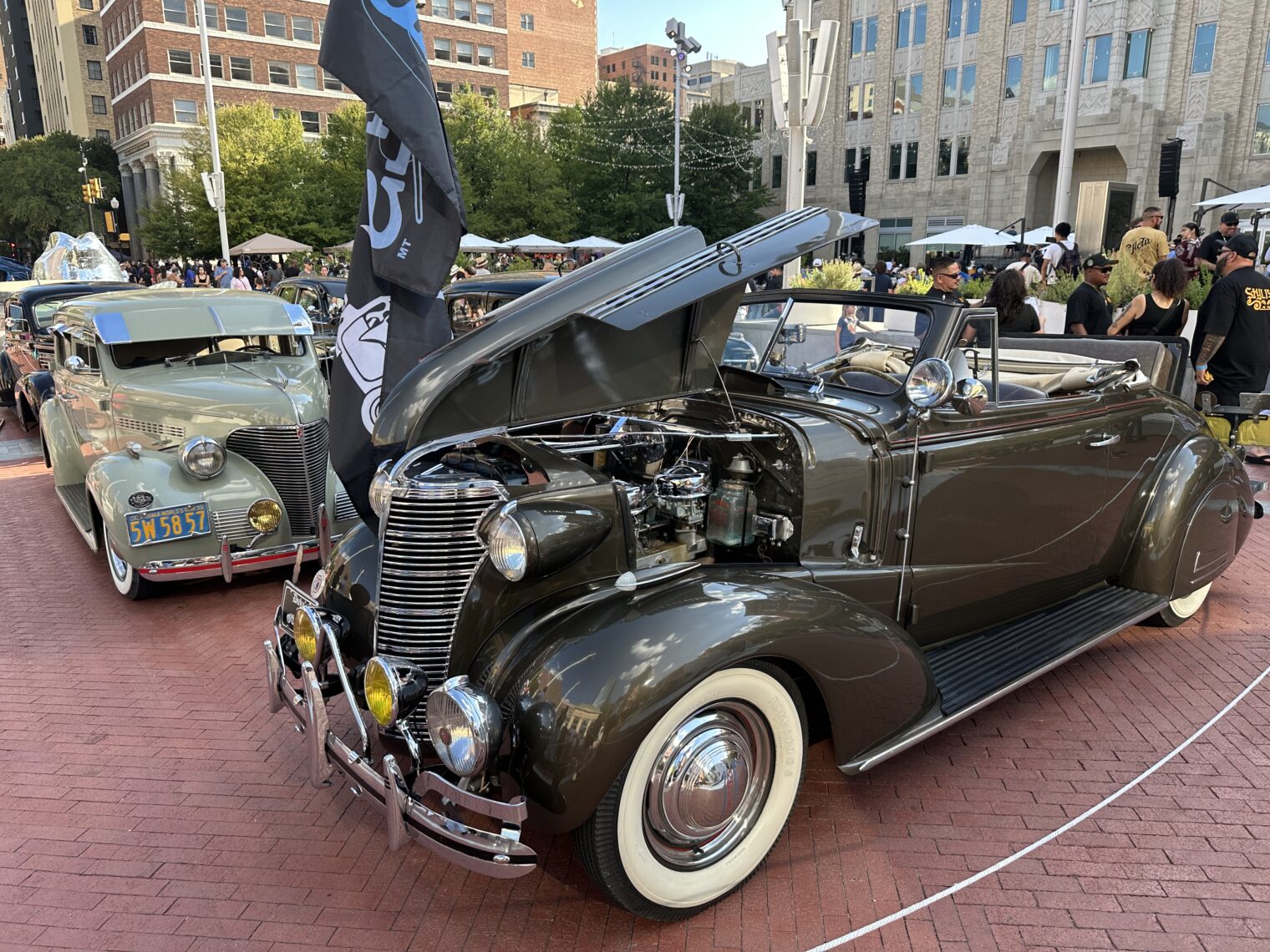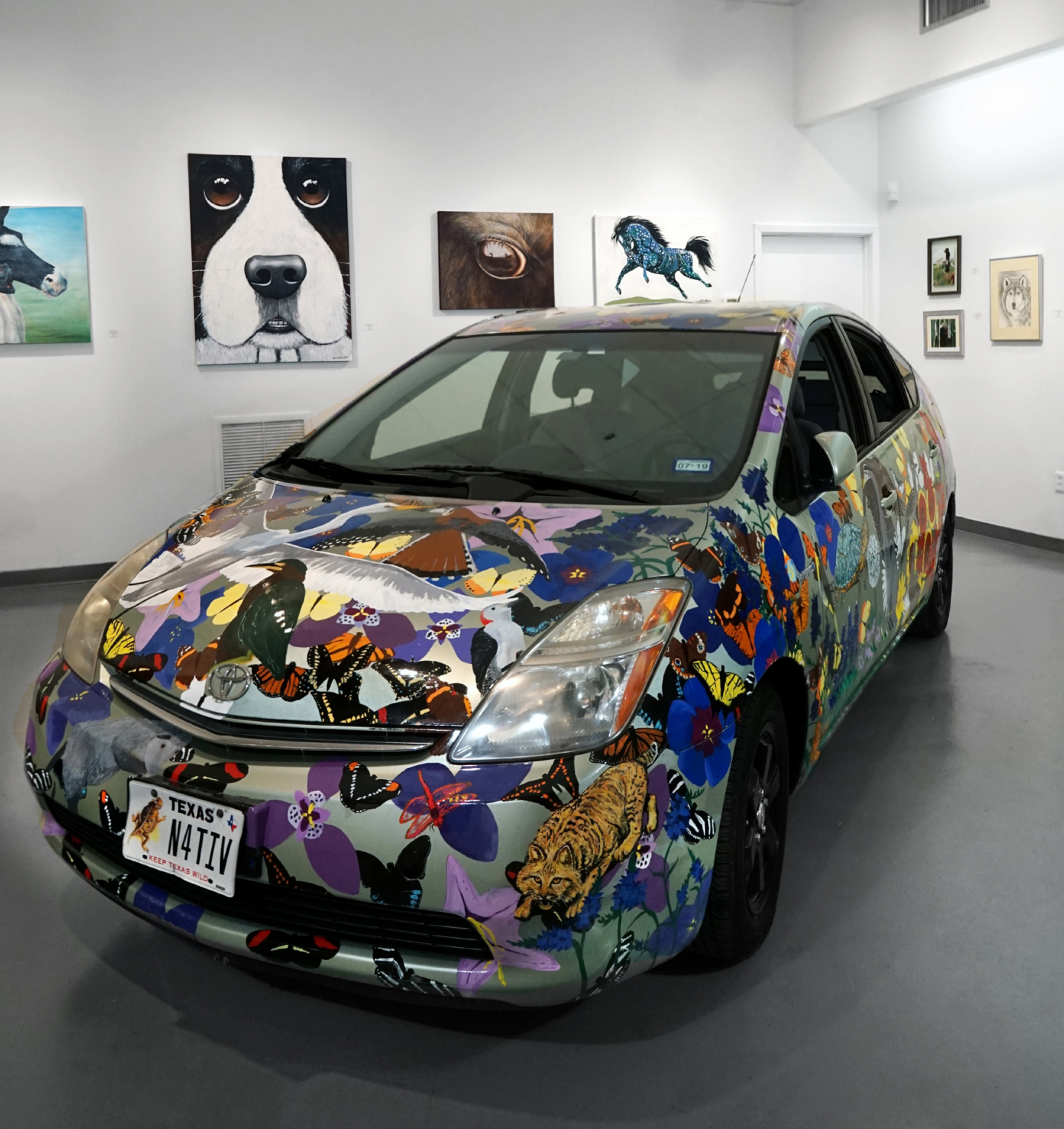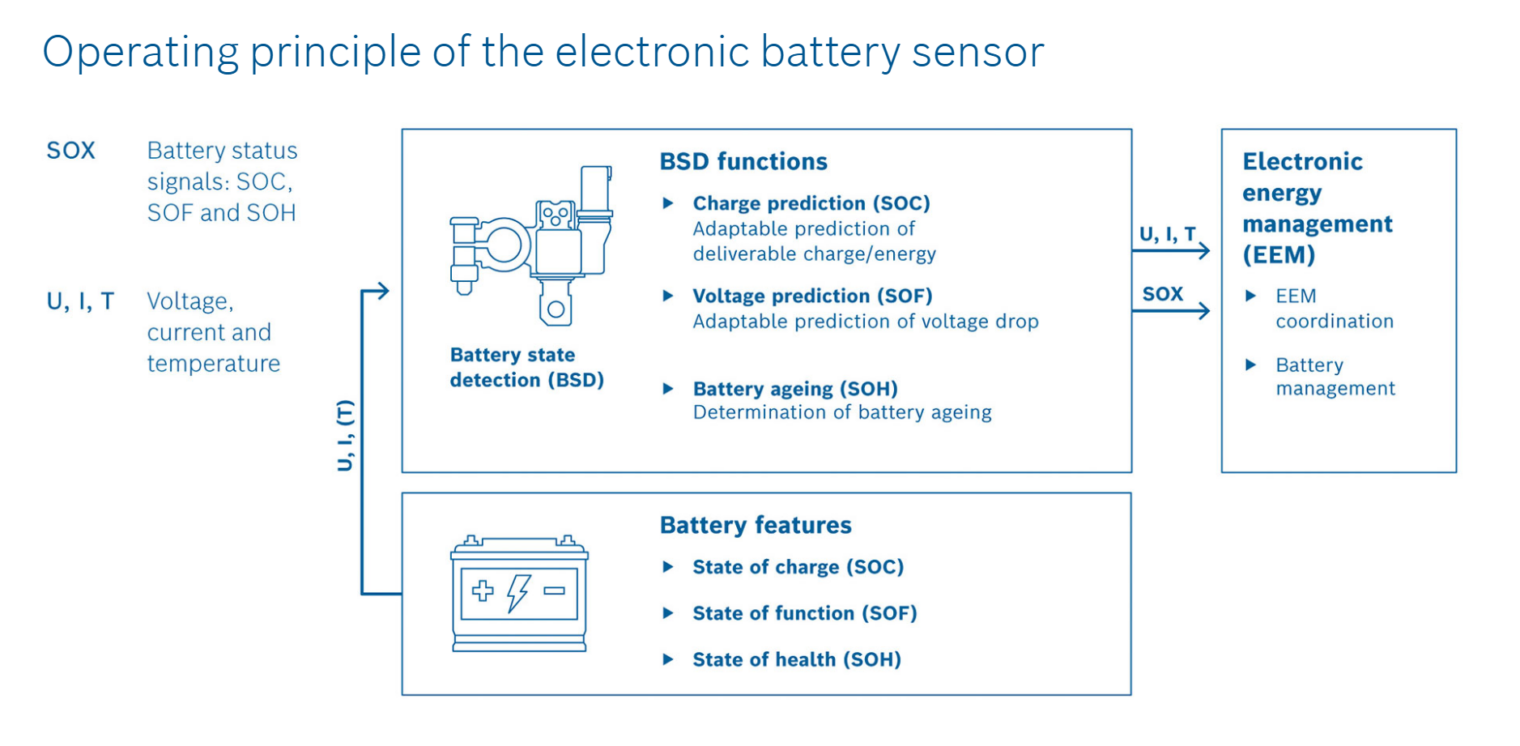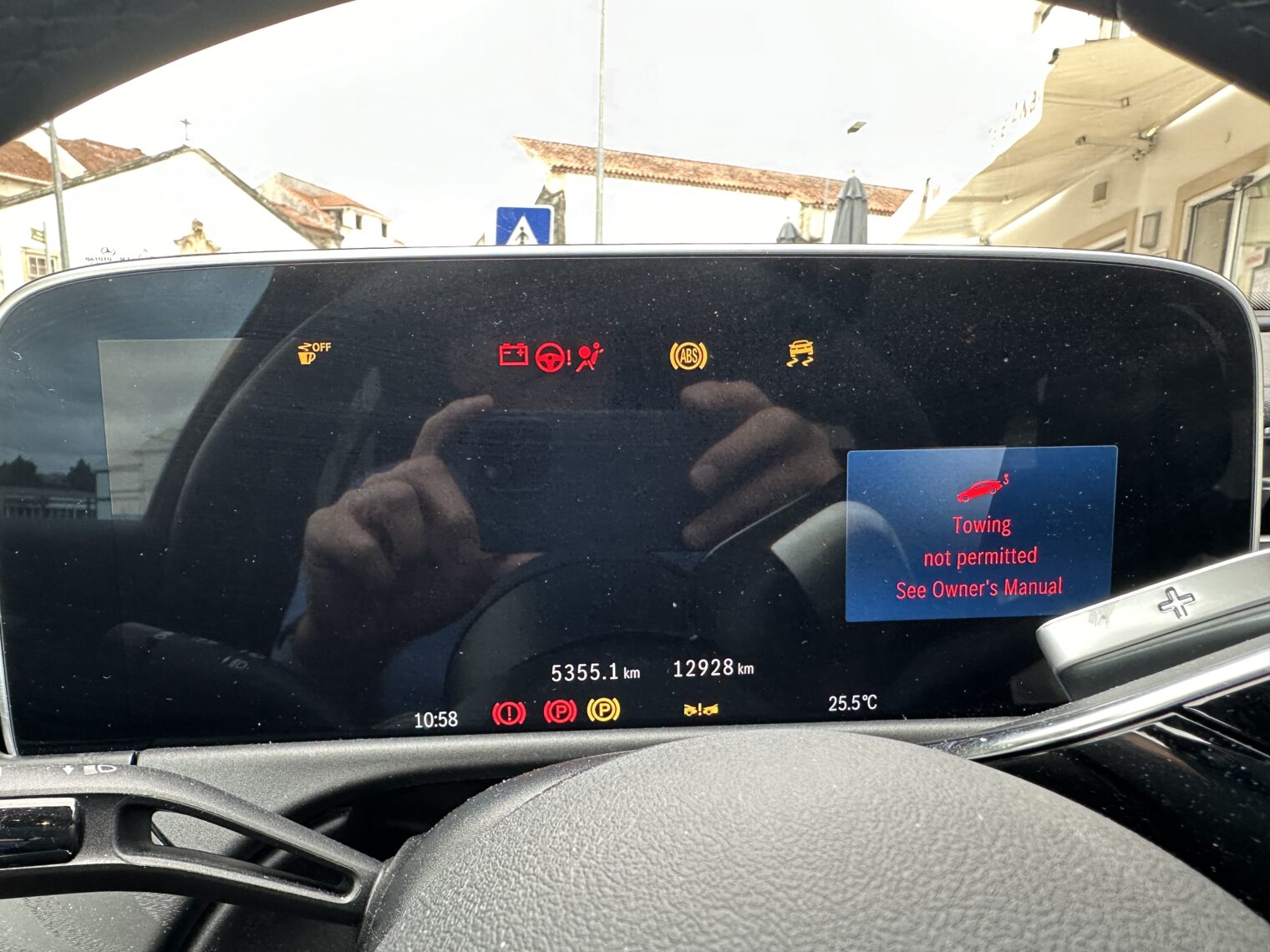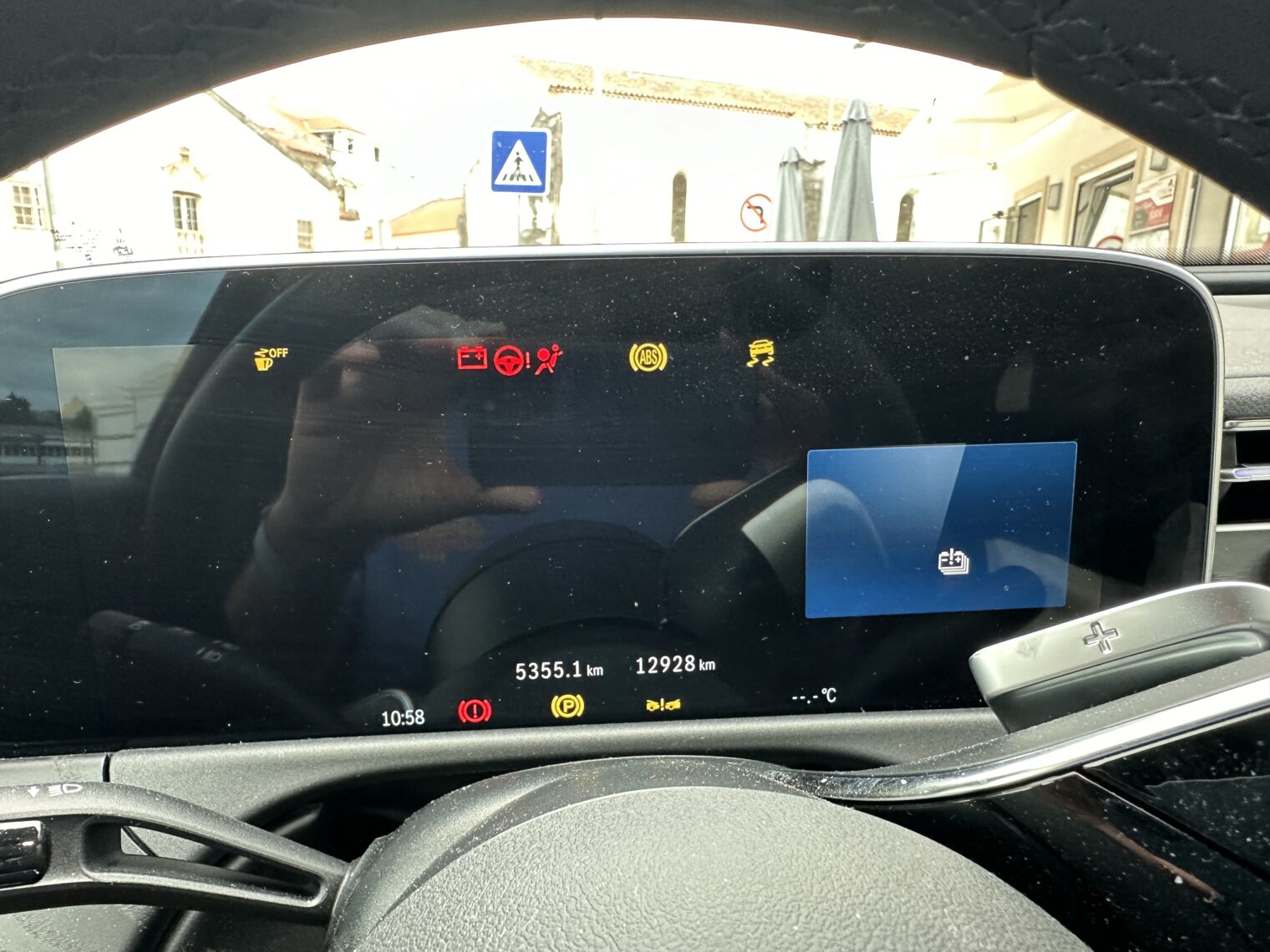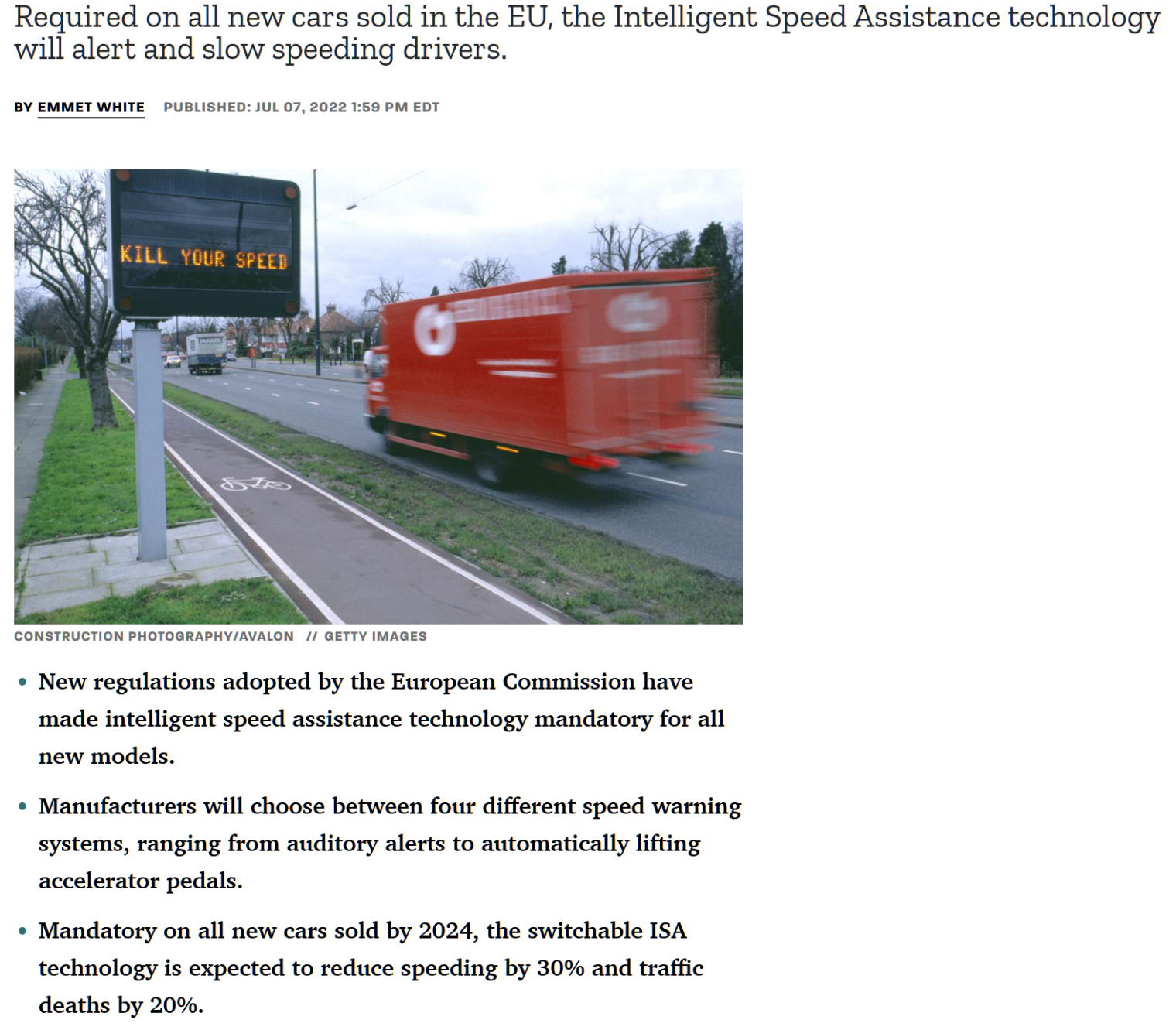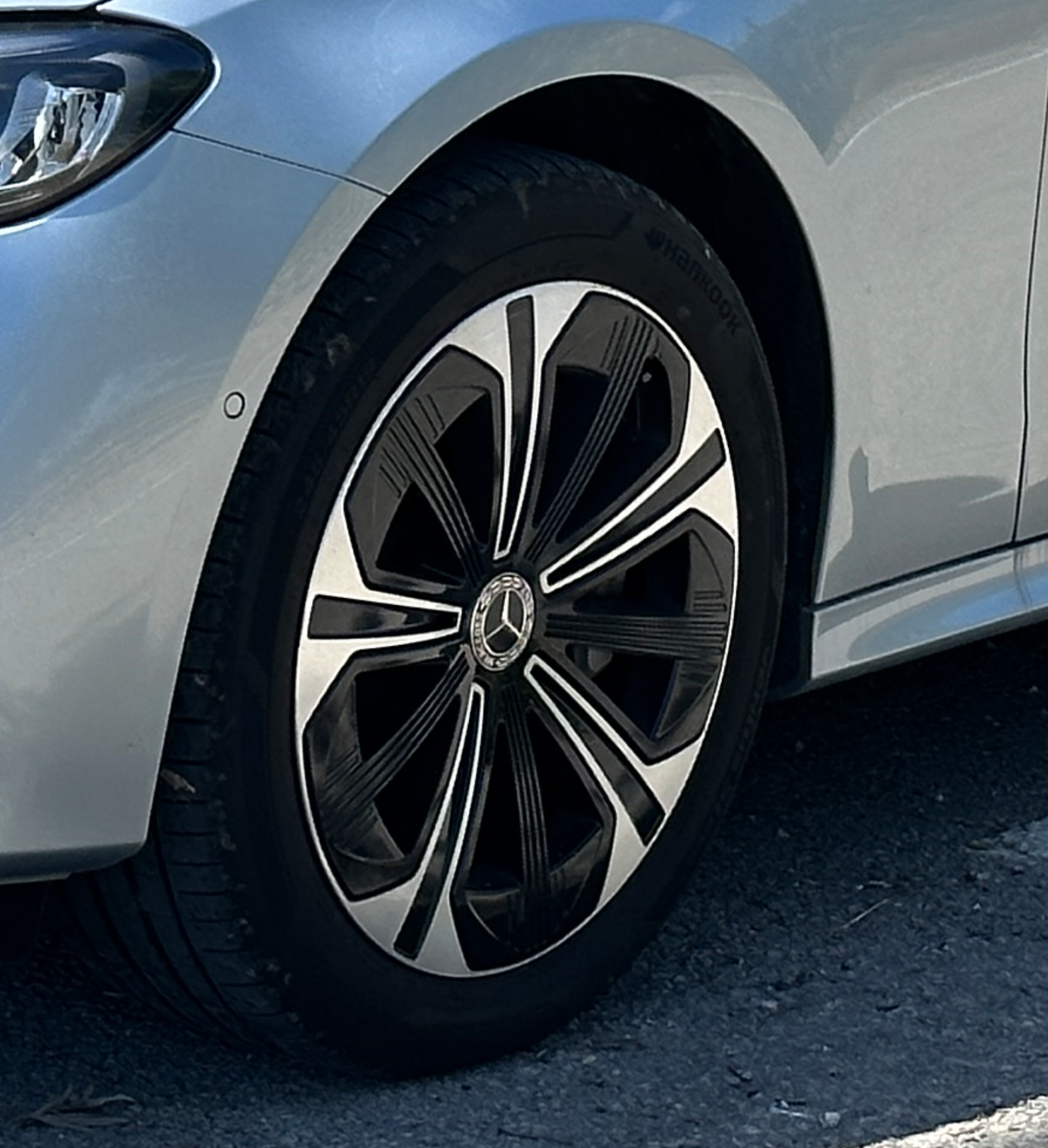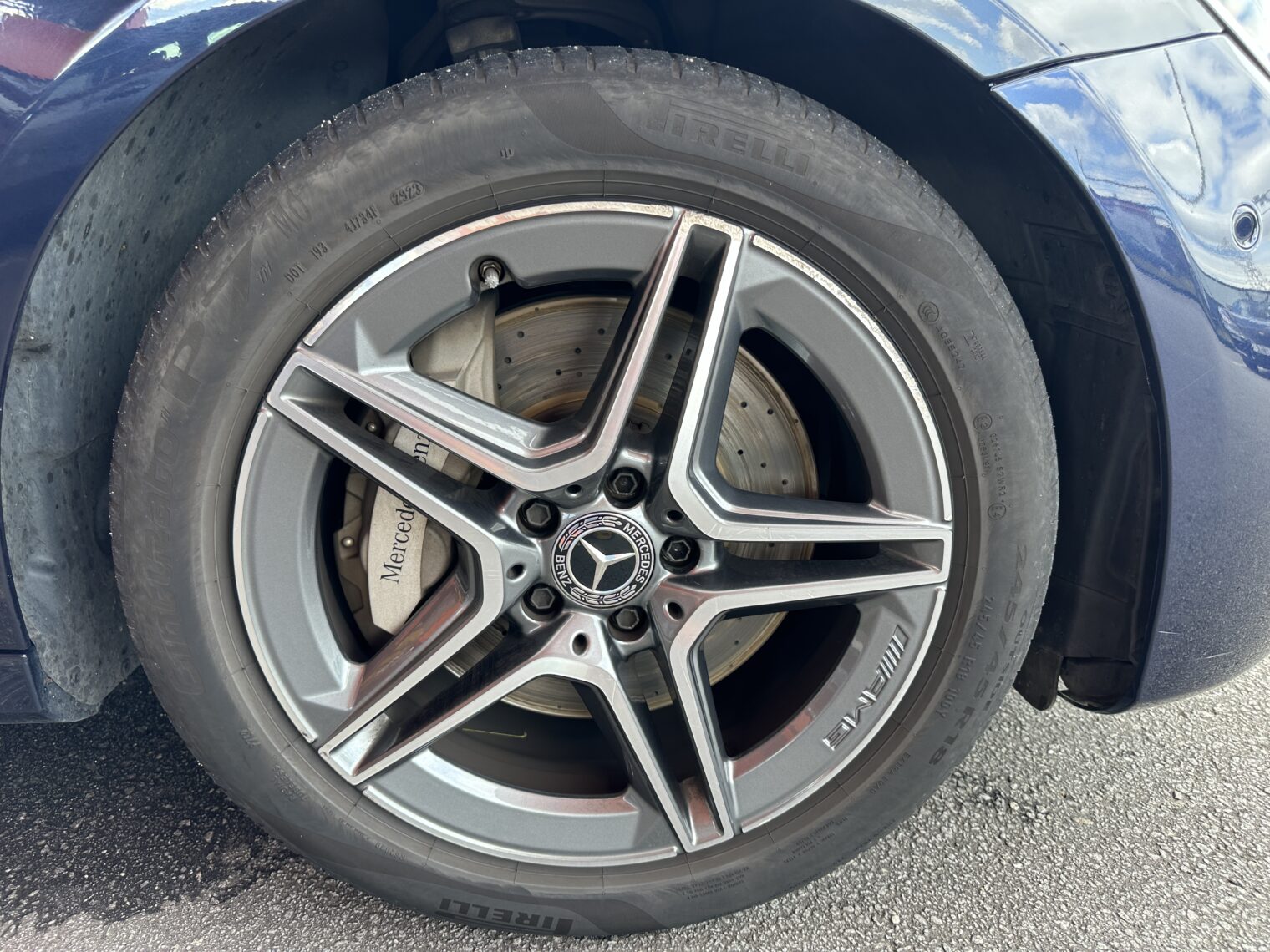Do self-driving cars work better in states with modern road networks, such as Florida?
I’m hoping that the Tesla Full Self Driving experts will weigh in on a question… does FSD work better on the newest roads with the clearest markings and most logical designs? In Maskachusetts, for example, there are a lot of ambiguous situations due to heavy traffic combined with old roads, worn-away markings, and a lack of dedicated lanes for left and right turns. Here in Florida, by contrast, the typical road is fairly new and the markings are in pristine condition. There is less need for a driver to exercise judgment. Here’s an intersection near our house, for example, and the purpose of each lane is clearly marked even when viewed from an aircraft (or would this “satellite view” actually be from a satellite?):
Maybe it is from a satellite because the Google “satellite” view in far-more-important Miami Beach is higher resolution:
For comparison, here’s an intersection in Brighton, Maskachusetts:
To my eye, the markings aren’t as distinct and there are fewer single-purpose lanes. Here’s one from Malden, MA:
If you wanted to make a right turn from Ferry St. onto Salem St. do you sneak past all of the cars going straight? (because there are two lanes in the NW direction) Or do you wait behind all of the cars going straight because it is just one lane in the NW direction?
(H-1B fans will be cheered to see that there is an “Immigrant Learning Center” just north of the “India Bazaar”)
Getting a little fuzzier again, here’s a five-way intersection in Lincoln, Maskachusetts (significant backups at this one prior to the coronapanic lockdowns). Is it obvious from the markings how to get through this or how many lanes there are?
Most of our drives are on literally perfect roads in terms of design, surface condition, markings, and marking condition. Does that mean FSD would be smoother, safer, and less likely to panic and disengage than in the Northeast? Also, what happens to FSD in an epic Florida thunderstorm when a human can’t see and the car is prone to hydroplaning?
Full post, including comments




